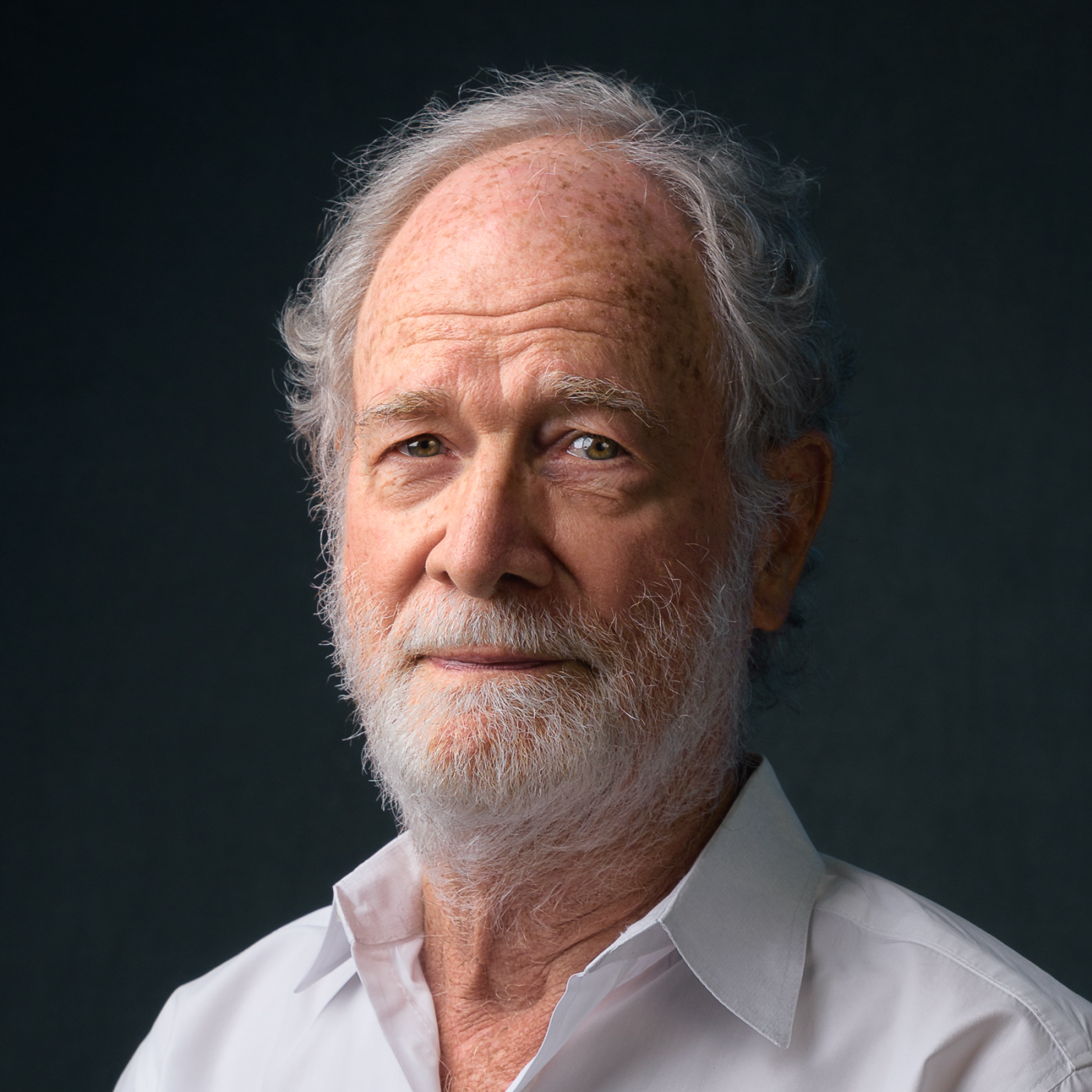Max Snodderly
- Professor Emeritus
- Neuroscience

Contact Information
Research
We study the early stages of the primate visual pathway from the retina to the cortex. In human subjects, we are measuring the retinal macular pigment that filters out blue light and protects the fovea from light damage (See image below). Perceptual testing and optical imaging allow us to study individual differences in pigment density and how pigment distribution is related to foveal anatomy. Clinical studies by others will eventually determine whether these individual differences represent different degrees of risk for diseases such as age-related macular degeneration. For studies of brain function, we train macaque monkeys because they are the best animal models for human vision.
In the lateral geniculate nucleus (LGN) and visual cortex, ultrafine electrodes are used to record extracellularly the activity of single and multiple neurons while the monkeys perform tasks that control their behavior. High precision eyetracking and fast stimulus displays enable us to control stimulus position and motion accurately on the retina even in the presence of normal eye movements. We either compensate for the eye movements or record them and measure their effects as needed. Experiments typically involve careful characterization of the receptive field properties of neurons, including their spatiotemporal and chromatic properties, while compensating for eye movements. A computational model of the cell’s properties may be generated from the results.
Then we record neuronal responses during natural viewing of images of natural scenes, such as vegetation or other objects. One goal of these experiments is to learn how eye movements interact with stimulus properties to shape the responses of visual neurons when viewing natural objects. This is an important step toward learning how primate vision may have evolved in response to selection pressures related to foraging for food, and other survival activities. More details and references are provided on the SnodderlyLab website.
Education
- Ph.D., Rockefeller University (1969)
Publications
Barker FM II, Snodderly DM, Johnson EJ, Schalch W, Koepcke W, Gerss J, Neuringer M. Nutritional manipulation of primate retinas. V: effects of lutein, zeaxanthin and n–3 fatty acids on retinal sensitivity to blue light damage. Invest Ophthalmol Vis Sci. 2011; 52:3934-3942.
Vishwanathan R, Neuringer M, Snodderly DM, Schalch W, Johnson EJ. Macular lutein and zeaxanthin are related to brain lutein and zeaxanthin in primates. Nutr Neurosci 2012; DOI:10.1179/1476830512Y.0000000024
Meyers KJ, Johnson EJ, Bernstein PS, Iyengar SK, Engelman CD, Karki CK, Liu Z, Igo RP, Jr., Truitt B, Klein ML, Snodderly DM, Blodi BA, Gehrs KM, Sarto GE, Wallace RB, Robinson J, Leblanc ES, Hageman G, Tinker L, Mares JA Genetic determinants of macular pigments in women of the carotenoids in age-related eye disease study. Invest Ophthalmol Vis Sci. 2013; 54:2333-2345.
Stringham JM, Snodderly DM. Enhancing performance while avoiding damage: a contribution of macular pigment. Invest Ophthalmol Vis Sci. 2013; 54:6298-6306.
Przybyszewski AW, Kagan I, Snodderly DM. Primate area V1: largest response gain for receptive fields in the straight-ahead direction. Neuroreport 2014; 25:1109-1115.
